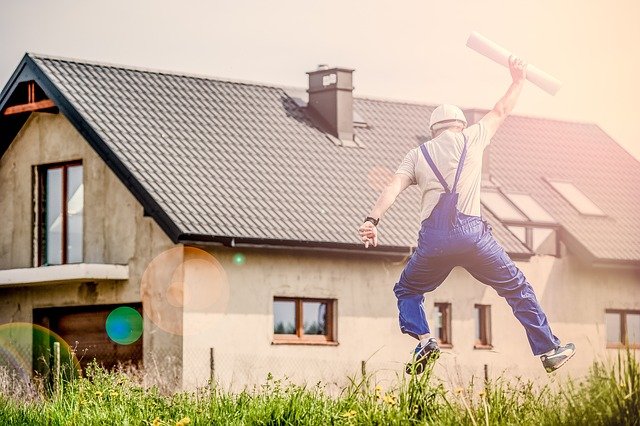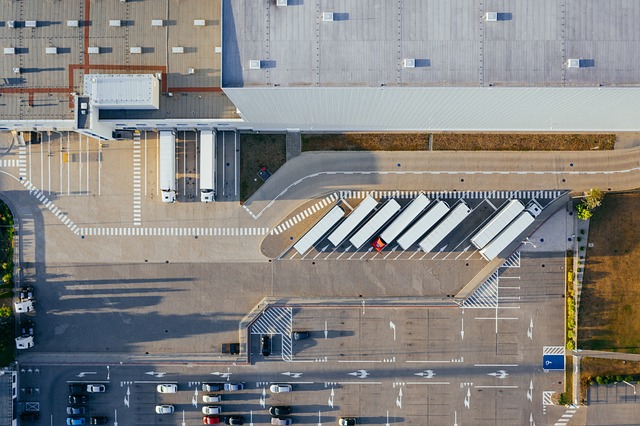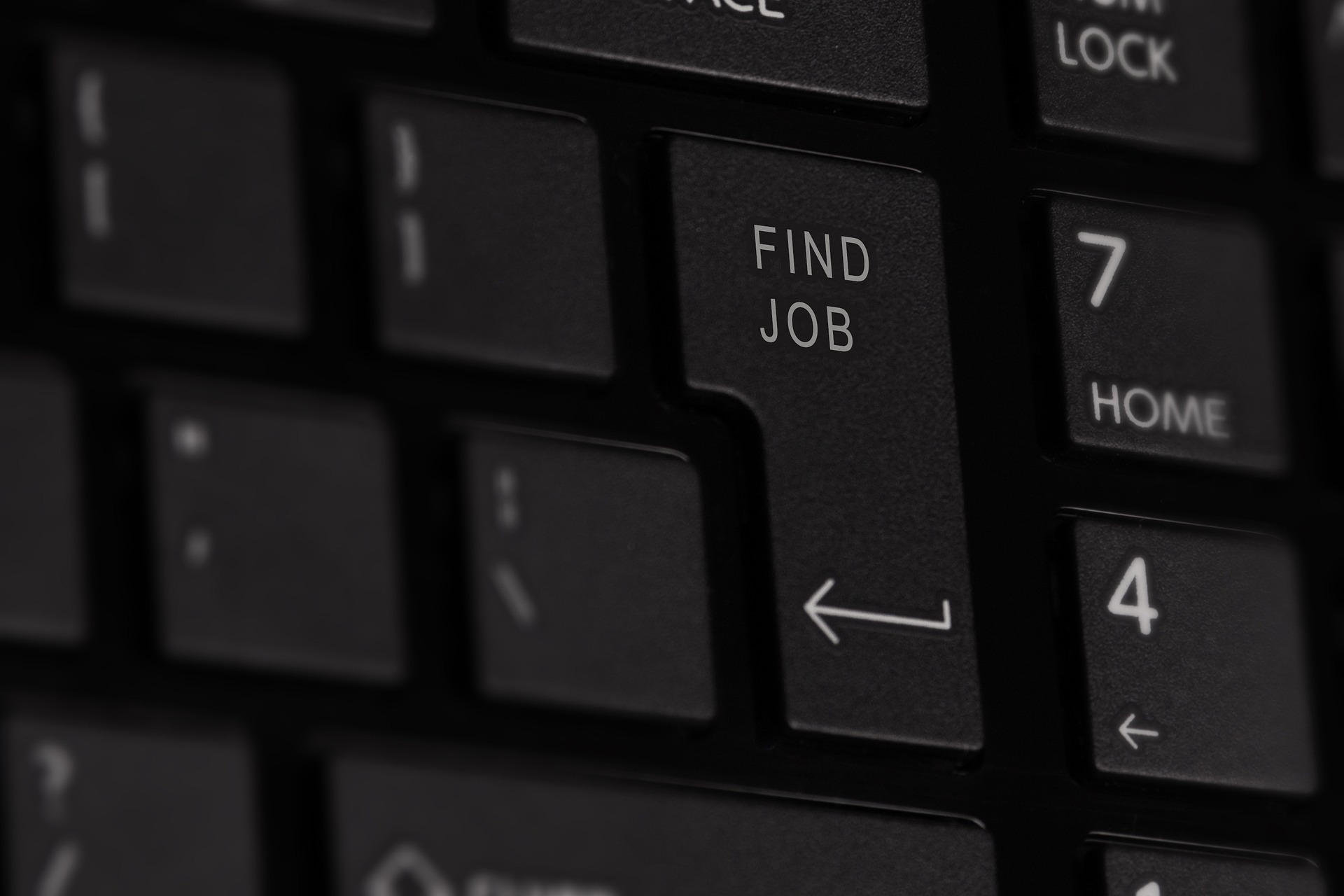Prefabricated Cabins Directly to Your Home
Prefabricated cabins have revolutionized the way people think about homeownership and vacation properties. These ready-made structures offer a unique blend of convenience, affordability, and customization that traditional construction methods often struggle to match. As the demand for flexible living spaces continues to grow, prefab cabins are becoming an increasingly popular choice for those seeking a quick and efficient way to add extra living space or create a retreat away from the hustle and bustle of everyday life.

What are prefab cabins and how do they differ from traditional homes?
Prefab cabins, short for prefabricated cabins, are structures that are manufactured off-site in a controlled factory environment and then transported to the final location for assembly. Unlike traditional homes that are built entirely on-site, prefab cabins are constructed in sections or modules, which are then joined together at the destination. This method of construction offers several advantages, including reduced build time, consistent quality control, and potentially lower costs due to streamlined production processes.
How are prefab cabins delivered and installed on your property?
The delivery and installation of prefab cabins is a well-orchestrated process that begins with careful planning and site preparation. Once the cabin modules are manufactured, they are transported to the property via trucks. Depending on the size and complexity of the cabin, a crane may be used to lift and place the sections onto the prepared foundation. Skilled installers then work to join the modules, connect utilities, and finish any remaining details. This process can often be completed in a matter of days or weeks, rather than the months typically required for traditional construction.
What are the benefits of choosing a prefab cabin over a traditionally built structure?
Prefab cabins offer numerous advantages that make them an attractive option for many homeowners. One of the most significant benefits is the speed of construction. Since much of the work is done off-site, weather delays are minimized, and the on-site assembly time is greatly reduced. Additionally, prefab cabins often come with a more predictable cost structure, as factory production allows for better control over material usage and labor costs. The controlled environment of factory construction also tends to result in higher quality and more energy-efficient structures, as precision cutting and assembly techniques can be employed consistently.
What customization options are available for prefab cabins?
Contrary to popular belief, prefab cabins offer a wide range of customization options. Many manufacturers provide various floor plans, exterior finishes, and interior design choices to suit individual preferences. Buyers can often select from different roofing materials, siding options, window styles, and even smart home features. Some companies also offer the flexibility to modify layouts or create entirely custom designs, allowing homeowners to tailor their prefab cabin to their specific needs and aesthetic preferences while still benefiting from the efficiency of prefabricated construction.
How do prefab cabins compare in terms of sustainability and energy efficiency?
Prefab cabins are often at the forefront of sustainable and energy-efficient home design. The factory-controlled production process allows for precise cutting and assembly, which can result in better-sealed and insulated structures. Many prefab cabin manufacturers prioritize the use of eco-friendly materials and incorporate energy-efficient features such as high-performance windows, advanced HVAC systems, and solar panel integration. Additionally, the reduced on-site construction time and minimal waste generation contribute to a smaller environmental footprint compared to traditional building methods.
What are the costs associated with purchasing and installing a prefab cabin?
The cost of purchasing and installing a prefab cabin can vary widely depending on factors such as size, customization, location, and site preparation requirements. Generally, prefab cabins can range from $50,000 for a basic model to over $300,000 for larger, more luxurious designs. To provide a clearer picture of the market, here’s a comparison of some popular prefab cabin providers:
| Provider | Cabin Size Range | Base Price Range | Key Features |
|---|---|---|---|
| Blu Homes | 640-2,200 sq ft | $175,000-$545,000 | Energy-efficient, eco-friendly materials, smart home technology |
| Method Homes | 450-2,800 sq ft | $150,000-$600,000 | Customizable designs, LEED certification options |
| KitHAUS | 117-225 sq ft | $32,000-$96,000 | Modular system, quick assembly, modern design |
| Deltec Homes | 300-5,000+ sq ft | $150,000-$1,000,000+ | Hurricane-resistant designs, energy-efficient options |
| Wheelhaus | 400-1,500 sq ft | $89,500-$400,000 | Luxury finishes, RV-inspired designs |
Prices, rates, or cost estimates mentioned in this article are based on the latest available information but may change over time. Independent research is advised before making financial decisions.
In conclusion, prefab cabins offer a compelling alternative to traditional construction, providing a balance of efficiency, customization, and potential cost savings. As the industry continues to innovate, these structures are likely to play an increasingly important role in addressing housing needs and fulfilling dreams of owning a personal retreat. Whether you’re looking for a vacation home, a guest house, or a primary residence, prefab cabins present a modern solution that combines the best of factory precision with the comfort and style of a custom-built home.






